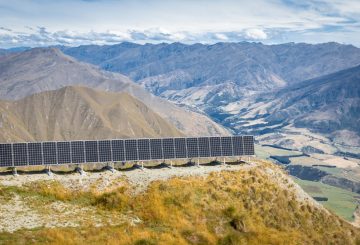公园和开放空间官员罗伯特·哈钦森提到,出于对三棵杨树的安全考虑,泰勒河门罗街停车场的一部分已关闭。尽管只有两棵树表现出严重的腐烂,但第三棵树处于危险之中,因为它依赖其他两棵树的保护。
资产和服务委员会主席大卫·克罗德称赞了这项技术结果的清晰度,而议员杰米·阿巴克尔则看到了使用新系统可能带来的节省时间的好处。
尽管该技术已经存在了二十年,但其能力已经有了显著的进步。最初,它需要在树上钻孔;但是,现代版本是非侵入性的。
委员会批准了树木清除行动,预计理事会全体成员将于10月26日做出最终决定。该委员会还批准清除皮克顿怀托希领地一棵不健康的桉树
。



























































